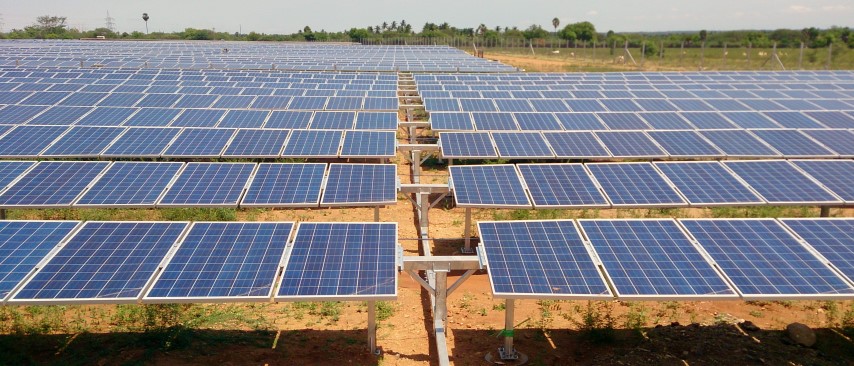Plans to develop around 150 of PV and wind capacity are under threat due to the economic impact of the Covid-19 pandemic, particularly if the pain extends beyond 2020, Wood Mackenzie said in a newly released report.
About three-quarters of global power demand growth over the past five years has originated in the Asia-Pacific region, which leads the world in terms of annual PV and wind capacity additions. However, the regional solar and wind pipeline could now be pushed back by roughly two years due to economic fallout from the pandemic, the consultancy said.
“The extent of the coronavirus impact on Asia Pacific markets is key to the future growth of the renewables sector,” said Alex Whitworth, research director for Wood Mackenzie. “The coming months will be crucial to determine if the region is moving towards a rapid recovery or extended recession future.”
Key indicators
Whitworth said the renewables industry will now need to keep on eye on growth in power demand and the specific terms of credit for solar and wind installations to understand the direction of the market amid the pandemic. Other “key indicators” to monitor in the months ahead include “cost competition between renewables and fossil fuels and government support including stimulus for renewables markets,” he added.
A power demand disruption of two to three months, followed by a “strong recovery,” could result in 380 TWh of lost demand across the region in 2020. But if the pandemic triggers a protracted recession, up to 1,000 TWh of demand could be lost by 2023, WoodMac said, noting that this would be the same as about two years of regional growth.
An extended period of economic pain will also make it harder for PV developers to secure financing for projects.
“In our base case outlook, the impact on wind and solar installations in 2020 can be offset by stronger growth and support policies in 2021,” explained Whitworth. “But if the situation worsens, renewables projects in ‘Developing Asia’ could be heavily impacted by increased financing costs, as well as forex risk due to high capex share of costs. A 10% increase in weighted average cost of capital could lead to an 8% increase in levelized cost of electricity (LCOE) in renewables.”
State subsidies
State support for renewables could become increasingly critical to ensuring the competitiveness of solar and wind throughout the Asia-Pacific region in a protracted economic contraction. Whitworth claimed that lower fuel costs in a recession would mean that renewables would not become competitive with coal-fired power capacity throughout the region until 2025.
“This is where government support is important. China and other key governments have strongly supported renewables with subsidies and preferential dispatch policies leading to massive growth in installation projects over the last five years,” he said.
“But as the scale of renewables investments grow, governments have begun to lower or cancel subsidies and expose renewables projects to market forces. Given the potential impact of the coronavirus outbreak, governments may need to rethink the timelines for withdrawing support, and the timing of energy transition plans.”
This content is protected by copyright and may not be reused. If you want to cooperate with us and would like to reuse some of our content, please contact: editors@pv-magazine.com.



1 comment
By submitting this form you agree to pv magazine using your data for the purposes of publishing your comment.
Your personal data will only be disclosed or otherwise transmitted to third parties for the purposes of spam filtering or if this is necessary for technical maintenance of the website. Any other transfer to third parties will not take place unless this is justified on the basis of applicable data protection regulations or if pv magazine is legally obliged to do so.
You may revoke this consent at any time with effect for the future, in which case your personal data will be deleted immediately. Otherwise, your data will be deleted if pv magazine has processed your request or the purpose of data storage is fulfilled.
Further information on data privacy can be found in our Data Protection Policy.